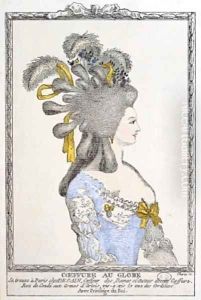Chapuy Paintings
Nicolas-Marie-Joseph Chapuy, primarily known as Chapuy, was a French artist and lithographer born in 1790. Although not as widely recognized as some of his contemporaries, Chapuy's work remains significant for its contribution to the fields of lithography and architectural illustration during the 19th century. He was particularly renowned for his detailed and accurate depictions of architectural landmarks, both existing and historical, which served as important documents of European architectural heritage.
Chapuy's career was marked by his dedication to the art of lithography, a printing process that was relatively new at the time. This technique allowed for the mass production of images and played a crucial role in the dissemination of artistic and architectural knowledge. One of his most notable works is the series 'Vues pittoresques de l'Espagne', which offered viewers detailed and romanticized views of Spanish architecture and landscapes. This work, like much of his output, was characterized by its meticulous attention to detail and its ability to capture the essence of the subjects.
Despite his focus on architecture, Chapuy's lithographs also occasionally included figures and daily life scenes, providing a glimpse into the social and cultural contexts of the time. His works serve not only as artistic achievements but also as historical documents, offering insight into the architectural and urban development of Europe in the 19th century.
Chapuy's contribution to the field of lithography and to architectural illustration was significant, helping to elevate these disciplines in the eyes of both the public and the art community. He passed away in 1858, leaving behind a legacy that would continue to influence artists and historians alike. His detailed prints remain a valuable resource for those interested in the architectural and social history of Europe during his lifetime.
